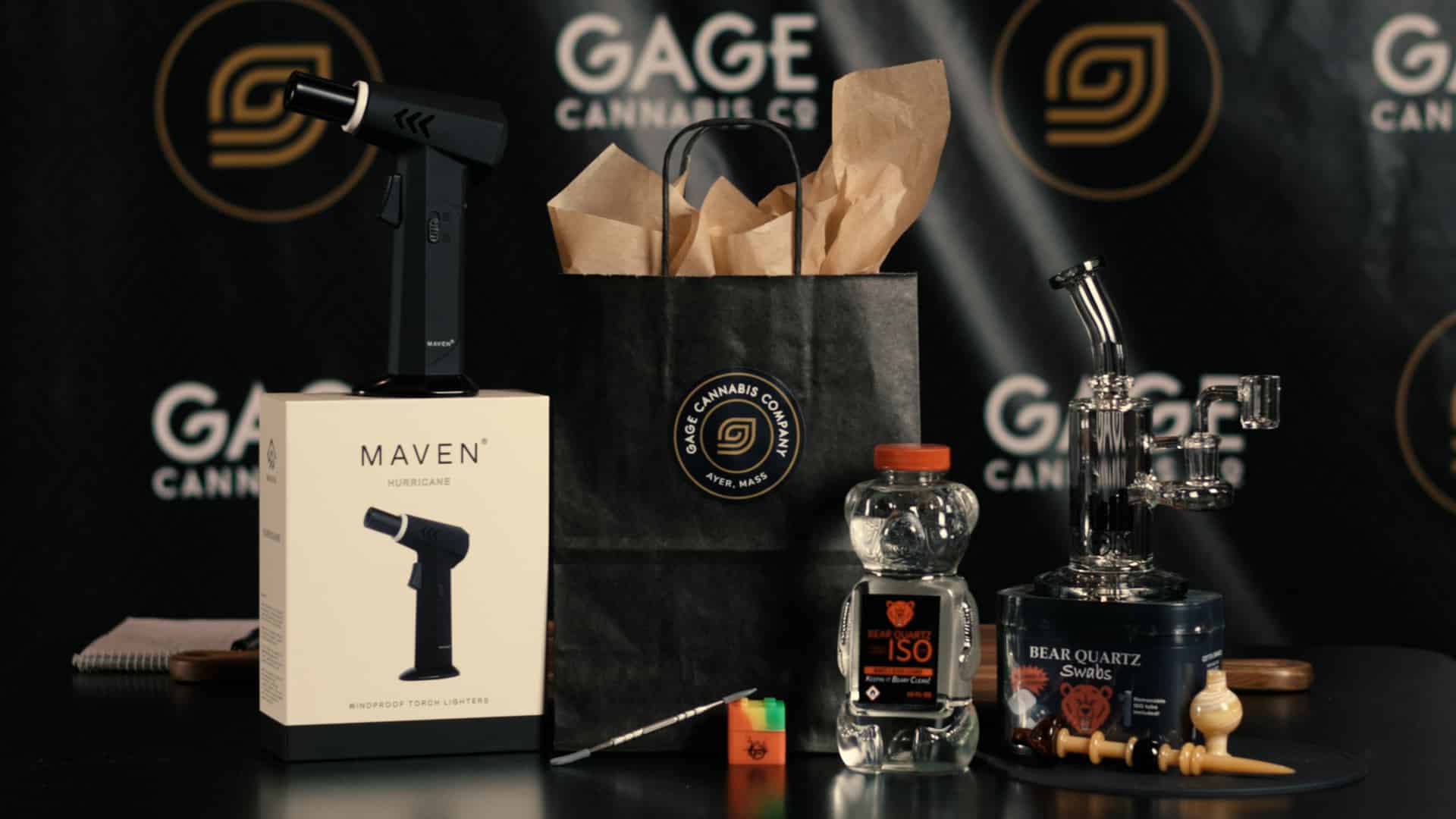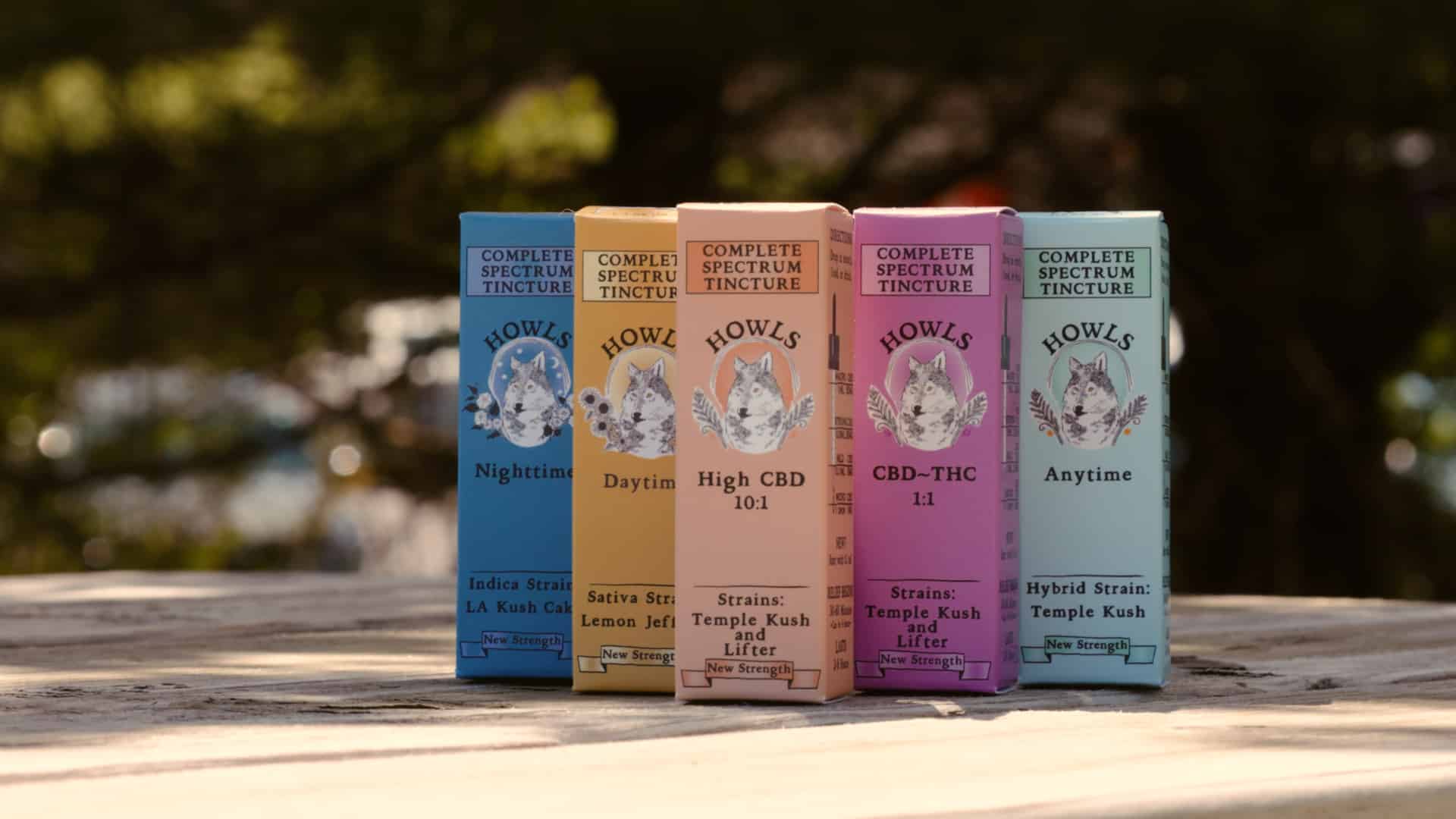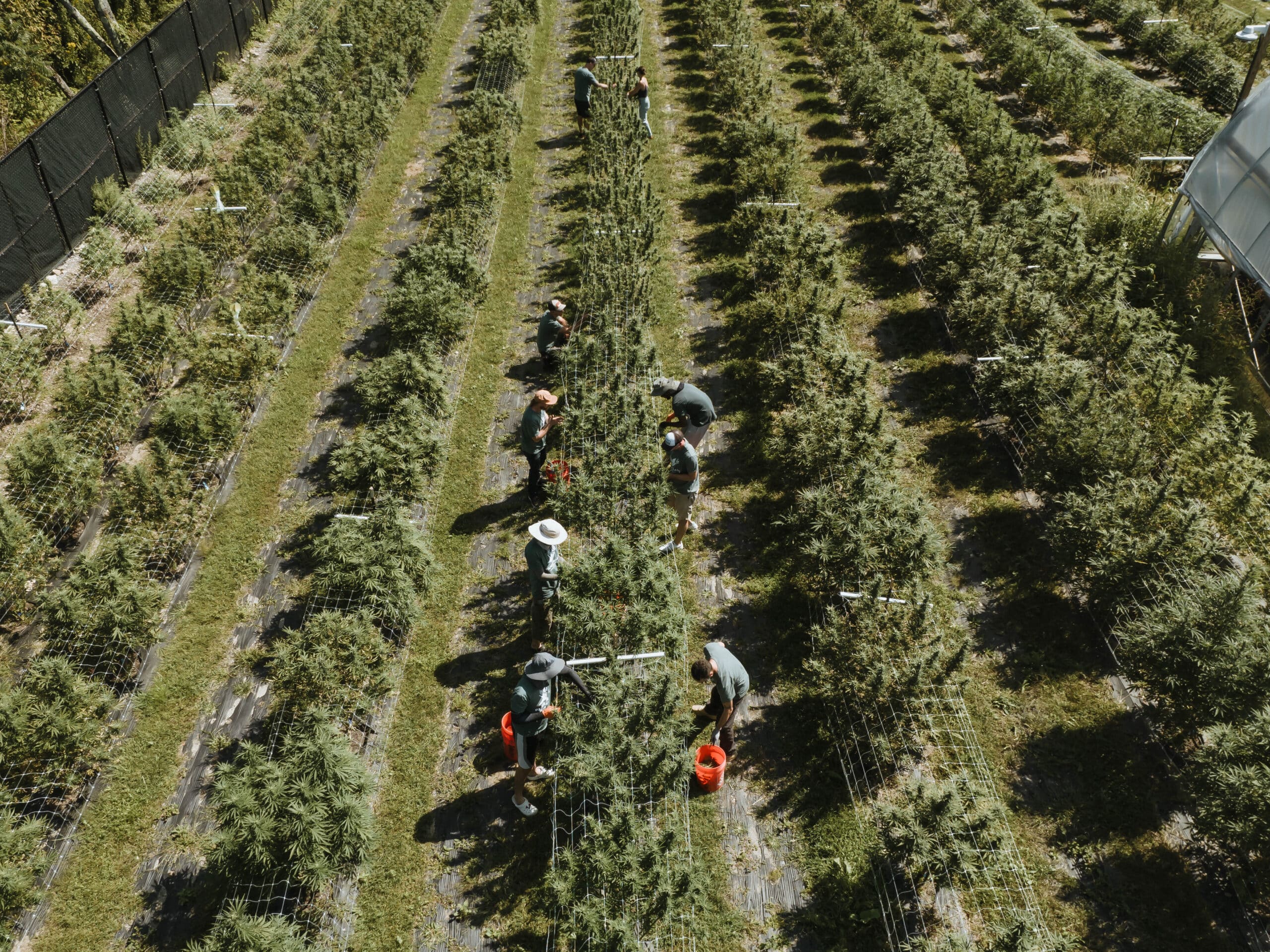Curious about the evolution of cannabis law? Many people are interested in learning more about the history of cannabis prohibition, regulation, and use. As more states legalize medical and recreational cannabis, people are also wondering how a once widely used plant became banned in the United States and most other countries.
Currently, cannabis policy is complicated, because medical and recreational use is legal in many states but still federally illegal. Cannabis has a long and complex regulatory history, so this article will outline key historical cannabis law developments.
Using Cannabis: From Ancient Origins to Contemporary America
Cannabis has been consumed in edible, topical and smokable forms for many centuries. Diverse cultures have used cannabis for food, fiber, medicine, animal feed, ceremonial and psychotropic purposes with the earliest documented use in China in 2,757 B.C. The plant’s pain-reducing, anti-inflammatory and anti-anxiety properties have effectively treated many around the globe. Some ancient cultures used cannabis tinctures to ease menstrual cramps and childbirth discomfort. Modern cannabinoid-infused topical creams are similar to the ones used to treat skin problems in much earlier times.
Cannabis was commonly used in Europe and the United States. Homemade tinctures and products processed and sold by small pharmacies were very popular up until the early 1900’s. Up to this point, there was minimal regulation of cannabis cultivation, processing and use. The government encouraged cannabis and hemp cultivation during colonial times and World War II for multiple purposes including fiber, animal feed, and personal consumption. Hemp provided durable material to make everything from rope to clothing.
Increased Prohibition in the 20th Century
Policy became more restrictive in 1937 when the Marijuana Tax Act was created. Commissioner of the Federal Bureau of Narcotics Henry Anslinger spearheaded efforts to persecute cannabis users and stir up public concern about the perceived dangers associated with cannabis. This legislation gained support fueled from the growing pharmaceutical industry. Pharmaceutical companies supported Anslinger’s efforts, because they viewed these efforts as protecting their patents. High tariffs discouraged doctors from prescribing cannabis tinctures and small pharmaceutical companies from producing cannabis products. These economic and political factors contributed to decreased access and use of cannabis.
Over the next several decades, the federal government and several powerful lobbying groups pushed for stricter cannabis policy. President Richard Nixon commissioned the 1973 Shafer Report with the intent to show cannabis’s negative effects. The findings supported cannabis legalization, but Nixon disavowed the commission’s findings and ignored its recommendations. This response reinforced the federal government’s approach to create and enforce more restrictive cannabis policies.
Why is Cannabis Still Federally Illegal?
Cannabis is currently scheduled as a Schedule 1 drug (a drug classification considered to have no currently accepted medical use and a high potential for abuse) and federally illegal. It is categorized with potentially lethal drugs such as heroin and ecstasy (methamphetamine). Cannabis was classified a Schedule I in 1970 in accordance with the Controlled Substance Act. Many cannabis advocates believe this classification as a dangerous substance has constrained policy development and scientific and medical research for decades.
It is hard to understand how a valuable plant that once was freely used in ancient cultures could become stigmatized and banned. Understanding how cultural perceptions and use of cannabis has changed over time provides insights into the current trends in cannabis regulation.
More Recent Cannabis Policy Developments
In 2013, the U.S. Department of Justice issued the Cole Memo which guided federal prosecutors to not interfere with governments that regulate cannabis programs. This act allowed state governments to enact their own cannabis laws and explains why there is variation across state medical and recreational cannabis programs. For example, each state has a unique list of approved medical conditions, products and methods of delivery. It is important to note that since cannabis is still federally illegal, doctors can only recommend and not prescribe medical cannabis. Crossing state lines with legally obtained cannabis products is also prohibited.
More recent legislation shows that the stigma associated with cannabis has decreased and support for legal medical and cannabis use has increased. Once again, agricultural policy is favoring hemp and cannabis cultivation. The U.S. Farm Bill of 2018 allows growing hemp for research and commercial purposes. According to this bill, cannabidiol (CBD) containing less than 0.3% tetrahydrocannabinol (THC) is no longer considered a Schedule I substance. Many cannabis experts and conventional medical professionals believe federal regulation is necessary for better quality and product consistency across states.
Cannabis’s federally illegal status has not slowed the trend of more and more states legalizing adult use and/or medical use. Currently 38 states and Washington, D.C. have medical cannabis programs; 19 states and Washington, D.C. have legal recreational cannabis. Current state cannabis policies range from partial legalization or decriminalization to severe legal penalties and long incarcerations.
Although prior research has been limited by this classification, the emerging medical research challenges the current Schedule I classification rationale. Many studies are showing cannabis has a broad range of medical uses. Research also indicates that cannabis is less addictive than other Schedule I drugs.
Current Cannabis Policy in Massachusetts
Check the Cannabis Control Commission website for the most recent laws about medical cannabis and adult use. The CCC website will help you navigate the steps to applying for a medical cannabis card or planning to make a purchase at your nearest dispensary. If you are 21 or older, you can stop in any Massachusetts dispensary and find out more about purchasing legal cannabis. Massachusetts has less restrictive recreational and medical cannabis policies than other states, but make sure you know and follow state and local municipal policies regarding purchasing and consuming medical or adult use cannabis.
We are always happy to answer your questions, so if you are looking for a dispensary near you in Massachusetts, please visit us at Gage Cannabis Company in Ayer. The Gage Cannabis Co. team can answer your questions about legal adult use cannabis.
Are you interested in medical cannabis in Massachusetts? Please visit our medical dispensary in Ayer, Massachusetts, Central Ave Compassionate Care and we can assist you with medical cannabis questions.




